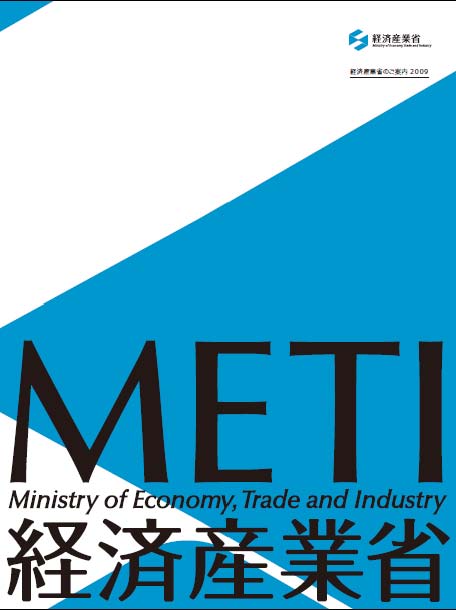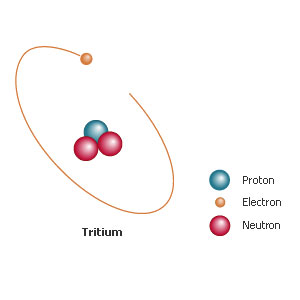I have blogged in the past about the employment situation at Fukushima. Layers and layers of subcontractors exist between the nuclear companies and the people hired to work at nuclear plants. Organized crime in Japan is involved in contracting staffing at nuclear power reactors. There are no background checks for people working at nuclear power plants and desperate people from the margins of society wind up working a nuclear power plants. There have been reports that these desperate people form a sort of second class of workers at nuclear power plants who are poorly equipped, poorly trained and financially exploited by subcontractors. There have also been reports highly skilled workers are leaving the dangerous jobs at Fukushima for other less hazardous positions in the nuclear industry. Now there are lawsuits from workers at Fukushima saying that they are not being paid what they are entitled to.
Four Fukushima workers are suing TEPCO because they say that they were not paid promised hazard pay above and beyond their regular salaries. This is the first such law suit against TEPCO. The workers wore masks in court because they are afraid of retaliation from their employers. Six hundred thousand dollars in unpaid wages is being sought from TEPCO and some of their partner firms. The lawyer for the four who brought the suit said that it was possible that there would be more laws suits from workers among the six thousand employed in the estimated forty year clean-up of the Fukushima disaster site. The lawyer stated that TEPCO has promised but not delivered hazard pay and that skilled workers were leaving the clean-up project which is now being handled by the less skilled.
TEPCO announced last year that it would double daily danger pay to two hundred dollars per worker because of the danger involved in dealing with the uncontrolled flow of radioactive water and the decommissioning of the reactors that experienced core meltdowns at Fukushima. However, the promised hazard pay is being held up by some of the eight hundred subcontractors who sent workers to Fukushima. The subcontractors claim that their businesses will fail if they are not allowed to divert the hazardous pay. TEPCO is already expected to pay over forty eight billion dollars as compensation to the people around Fukushima whose lives were impacted by the Fukushima disaster. Additional billions of dollars will be required to complete the forty year decontamination and decommissioning at Fukushima. A citizens’ judicial panel recently decided that three former executives of TEPCO should face criminal charges because of their actions leading up to, during and following the Fukushima disaster.
Considering the costs that are piling up, it is obvious that TEPCO will be under serious economic stress in the coming years. I wonder how long it will be until TEPCO declares bankruptcy. I expect that if and when they do, the burden of the continuing clean up will fall on the Japanese government and the Japanese taxpayers. And, should the government decide that it does not have the funds to continue the clean-up, the Fukushima site may become a permanent threat to human health and the environment in Japan.
Fukushima workers:







